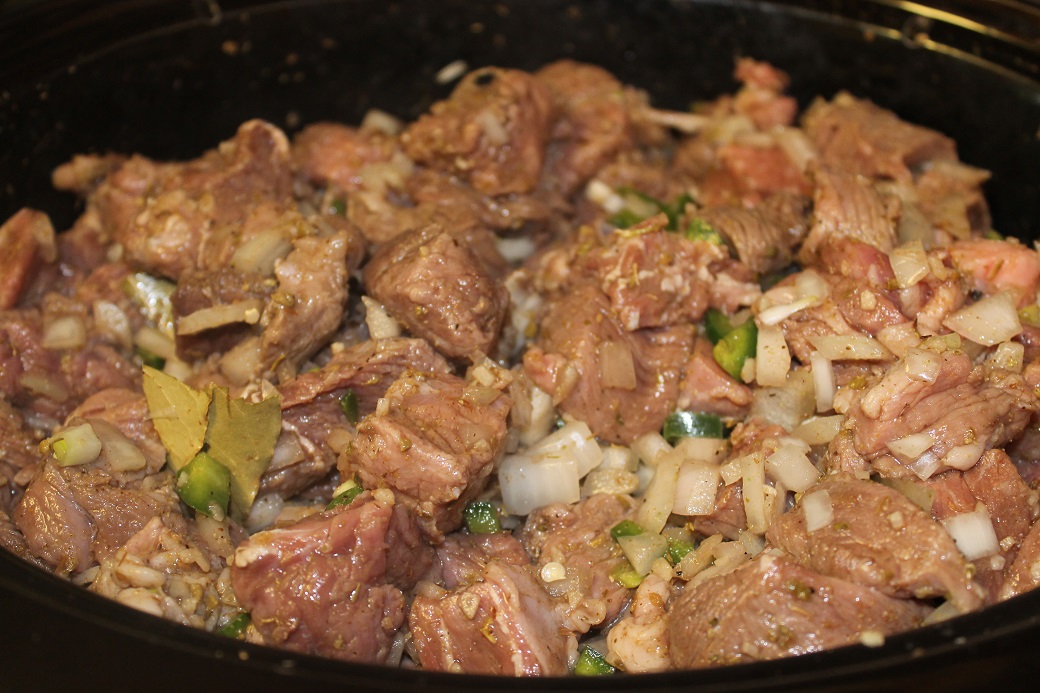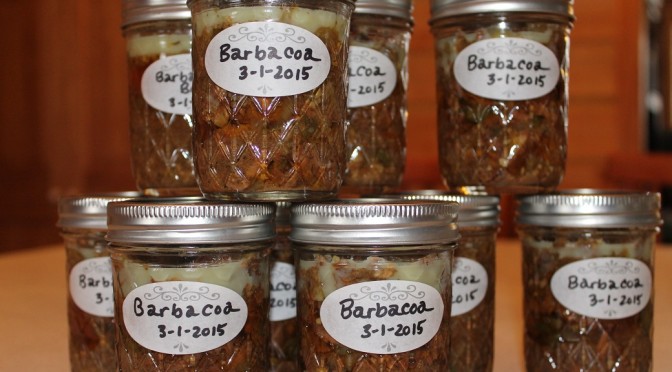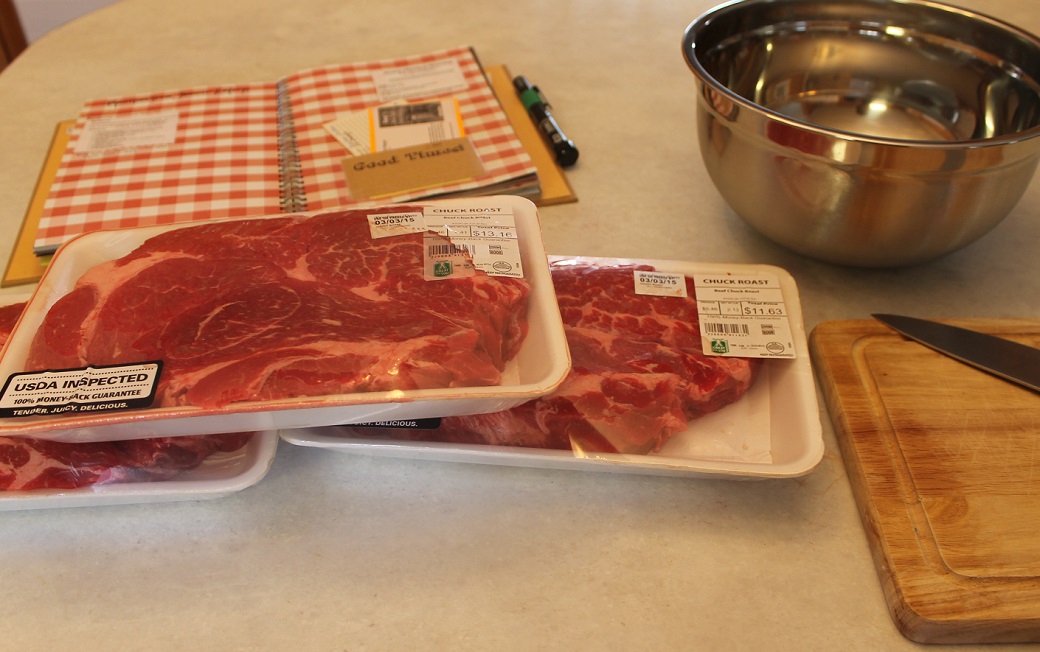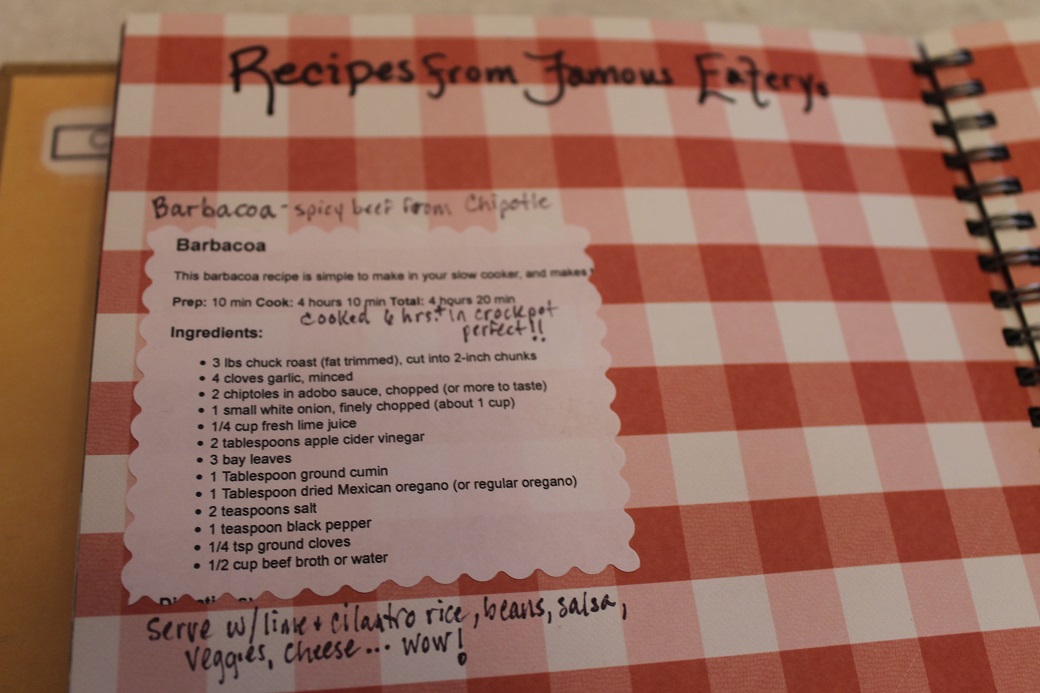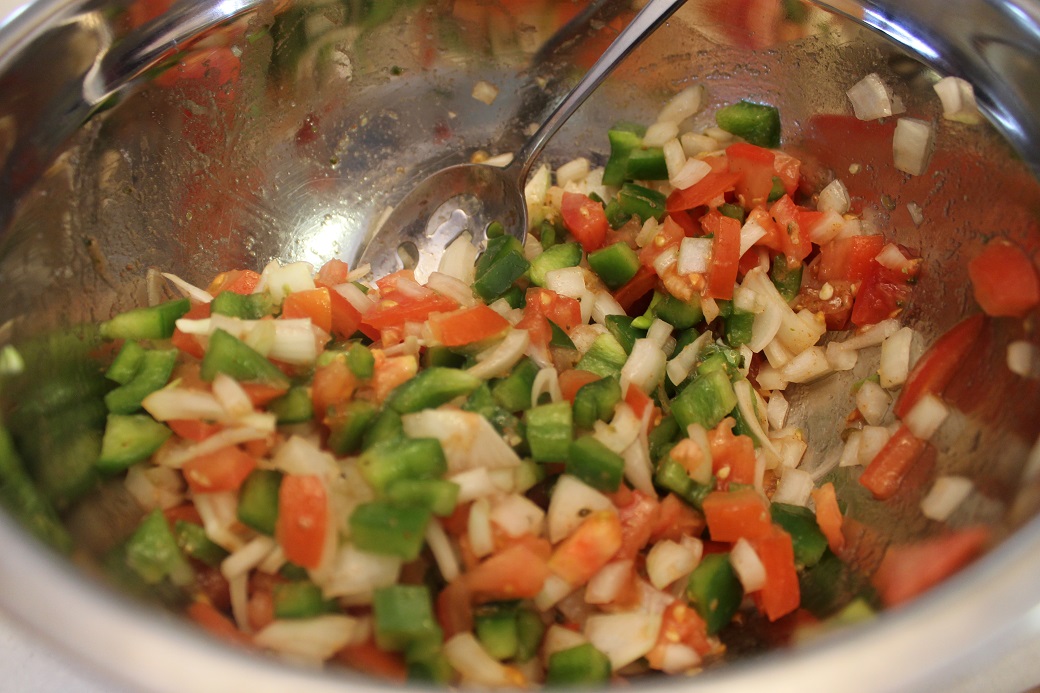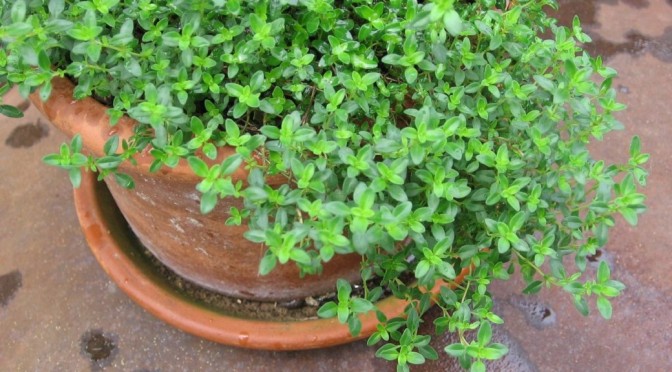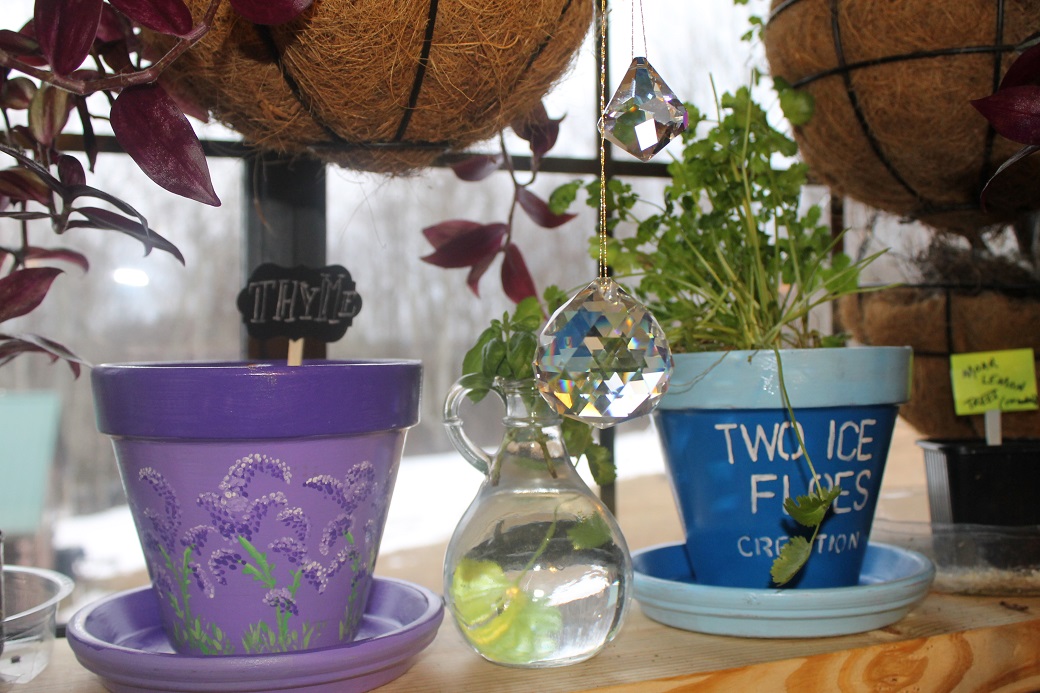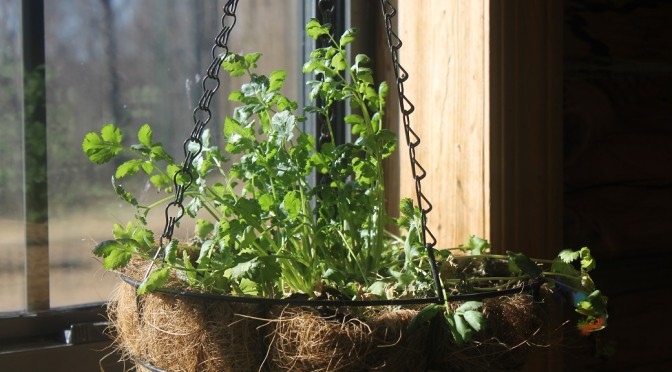‘They say’ we always want what we can’t have. Lack of access to something that sounds ‘good’ can easily transition into the perception of it being irresistible. Such was the case after we managed to recreate our gluten-intolerant teen’s favorite meal from Chipotle. But making it on a regular basis is another matter all together. It is incredibly time consuming to go ‘down the mountain’ to shop for all the ingredients, which eats up part of a whole day, then to spend another full day preparing and stewing the meat. It is a bit much to do on a weekly basis.
Upon further discussion with our irresistibly hungry teen, the potential solution was to prepare the meat and then preserve it via pressure canning, essentially creating easy to prepare fast food meals. But would it work?
Pressure canning meat is safe under the right circumstances. We have successfully canned chicken soups, chili with ground beef and even white meat Bourbon Chicken. Sometimes the canning process changes the taste of the ingredients after being cooked for so long at such high temperatures under pressure. For example, we noticed with the Bourbon Chicken the gluten free soy sauce in the recipe tasted different (but still quite edible) after canning. With all the various ingredients used in the Barbacoa, I wasn’t certain it would come out of the canner tasting similar to when it went in.
We began our experimental canning session with about 7½ pounds of chuck roast. After trimming the fat, I cut the pieces of meat into one to two inch cubes. It ends up falling apart in the crockpot after about six hours, so the size of the pieces does not need to be precise.
For the remaining ingredients we added 2½ times the amount shown on the recipe below in order to accommodate the amount of meat.
With the combined ingredients stewing for most of the day, the house filled with an amazing smell. For supper we sat down to a full “Chipotle” home experience when the meal was ready. For those not familiar with this particular restaurant experience or entrée, this is our home version.
We cooked dry pinto beans in water for about four hours in the smaller crockpot until they were tender and almost falling apart. We cooked up some brown rice, and after boiling it to the desired texture and draining off the excess liquid we added a cup of chopped fresh cilantro leaves and several tablespoons of lime juice. We made my daughter’s favorite salsa by chopping up a few fresh tomatoes, onions and green peppers and adding a couple of dashes of olive oil and a salsa seasoning packet.
After layering rice and beans, then the Barbacoa meat and fresh salsa, the teen added some shredded lettuce and cheese along with a dollop of sour cream. I can say with confidence it may be the quietest meal we ever eat in our household because everyone is laser focused on their plate. :-)
It’s funny how every time we have prepared this Barbacoa meal, my huge appetite surpasses my web awareness and I never seem to remember to take a mouth-watering picture of the final product. Such was the case this time as well. Pavlov’s chef lol.
Once we finished our meal and the kitchen was somewhat restored to order, the remaining Barbacoa meat and sauce was ladled into 8 ounce (half pint) jars. Leaving about ¾ inch head room in each jar, but covering the meat in the juices, we prepared ten jars. We then cooked it for 75 minutes once the canner reached the pressure required for our altitude (call it 13 pounds). Thankfully the process was finished well before bedtime, though from start to finished we invested over 12 hours, a labor of love if I must say.
Only one jar failed to seal properly. This was fine because we wanted to taste test our efforts the next day and see if the amazing combination of flavors retained their magic. I am most happy to report they did.
Now added to our storage pantry is another gourmet no fuss meat dish which can be made ready to eat with any rice, quinoa or Mexican type meal in no time flat. And now we know approximately what amount of raw meat will convert into how many canned portions after the initial dinner feast. Packed into 8oz. jars, each one is two meals for us smaller gals, or one large meal for a big hungry guy, possibly with some left over.
For our teen, who often cooks up rice for the week to pack with her gluten free lunches, this is a big victory since we neither live near restaurants, nor can she partake in the pizza and other tempting foods offered at her high school. Score one for Mom.
